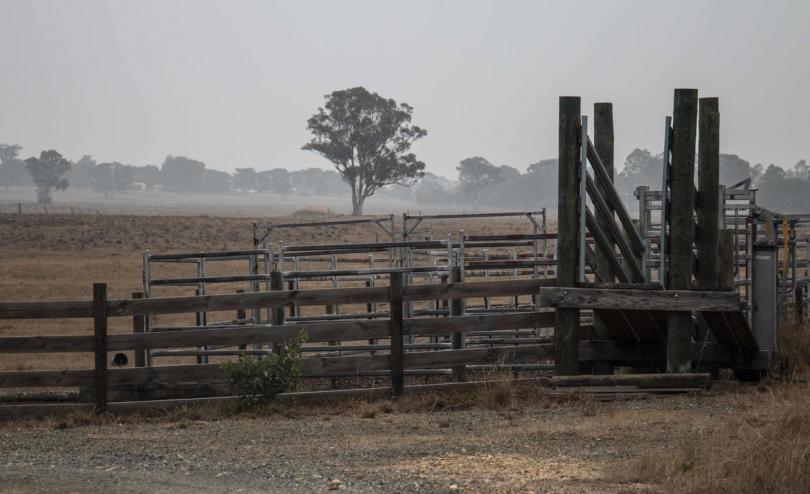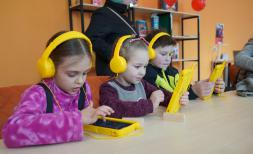Australian bushfires: Children’s mental health needs to be a key part of response and recovery

Save the Children is warning of the importance of addressing the long-term mental health needs of children impacted by the devastating Australian bushfires.
Thousands of children have been affected by the fires, which have burned through more than 100,000km² – almost half the size of the UK – since September.
Experiencing a disaster of this nature can have a harrowing long-term impact on a person’s emotional wellbeing, especially children if they are not provided with the right support.
“Bushfires are incredibly frightening events and the psychological toll can last a very long time if not properly addressed,” Save the Children Australia CEO Paul Ronalds said.
“For children, there is so much uncertainty around what’s happening. Their entire lives have been uprooted, and often they don’t know whether their home is still standing or what happened to their friends, relatives and pets.
“This uncertainty and fear can be crippling and can stay with children for many years without the right support. That’s why supporting children’s mental health needs will be a really important part of the longer-term recovery process.”
Save the Children is currently running three Child Friendly Spaces in evacuation centres in Bairnsdale, Albury and Morwell, providing children with a safe place to socialise, play and simply be children again.
“There are few things more heartwarming than seeing children who’ve been through something so distressing suddenly smiling, playing and engaging with the world again. These spaces really make a difference, and are run by our incredible staff, many of who have themselves been impacted by the fires,” Mr Ronalds said.
The aid agency, which responds to dozens of humanitarian crises around the world each year, will also support children’s long-term mental health needs.
“We are so inspired by the incredible work being done by so many people across the country from our fire fighters and military to local community groups and organisations like the Red Cross, who are working on the front lines of the response,” Mr Ronalds said.
“Save the Children aims to complement this work by focusing on children’s psychosocial wellbeing, so we can help children process and recover from the fires, not be weighed down by what they have been through.
“In the short-term we are providing children with child friendly spaces and what’s known as psychological first aid. In the longer-term we will be focusing on supporting children’s emotional recovery. This is likely to include running a range of activities for children to help them process and express their emotions, deal with the issues they are facing and develop coping mechanisms for the future.
“These fires have devastated large swathes of Australia. We need to do everything possible to ensure those affected are able to fully recover, both physically and emotionally. All children have a basic right to health and wellbeing.”
In addition to the current Child Friendly Spaces, previously this summer Save the Children set up CFSs at bushfire evacuation centres in Wagga Wagga and Taree in New South Wales and the Adelaide Hills in South Australia.
In 2019, the organisation set up Child Friendly Spaces in the wake of Cyclone Trevor in the Northern Territory, following the Townsville floods in Far North Queensland and during the bushfires of the Huon Valley in Tasmania.
In September 2019, Save the Children Australia released its top ten tips for protecting children during the bushfire season.
To donate to Save the Children Australia’s bushfire appeal:
If in Australia go to www.savethechildren.org.au/bushfires.
If outside Australia go to https://www.facebook.com/donate/490717014909958/




